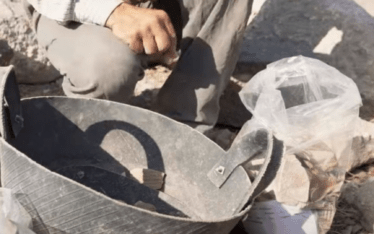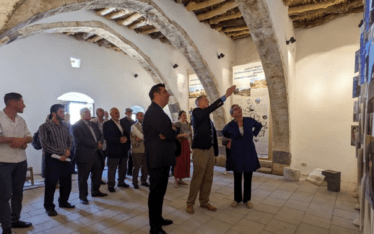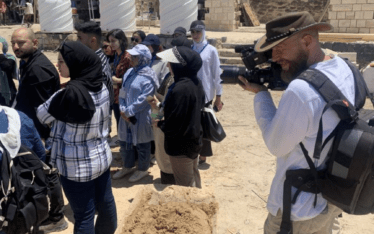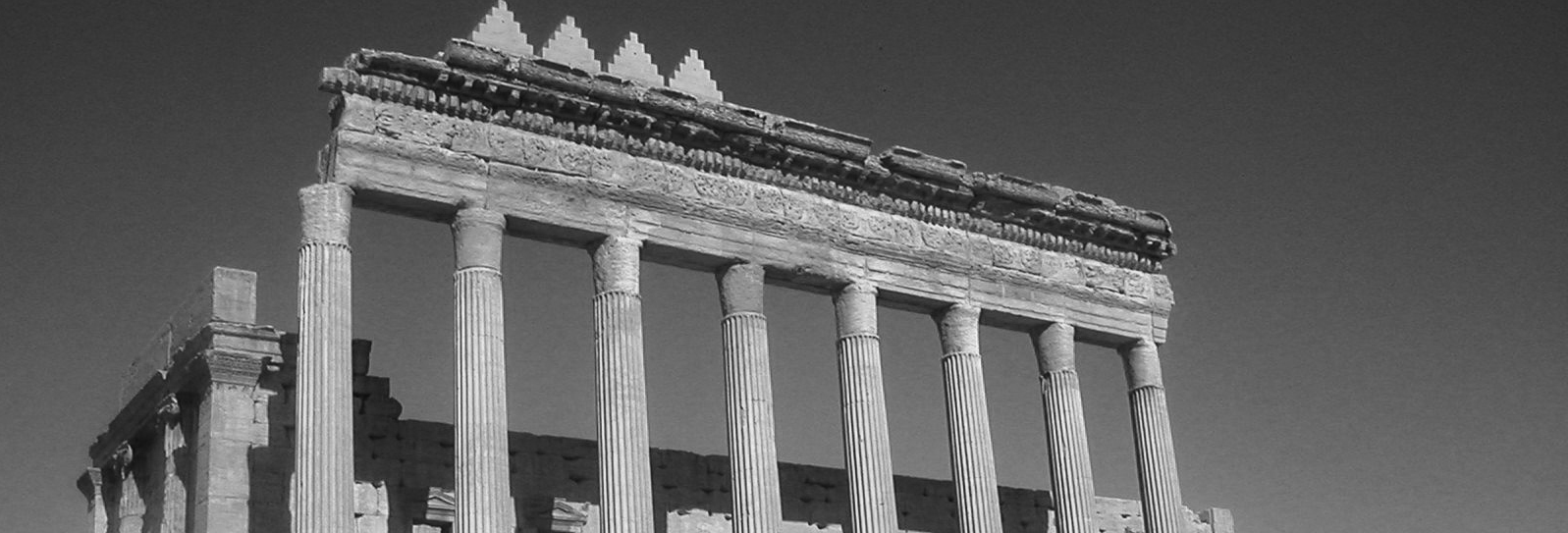
Connecting Syrian Children with their Heritage | Interview with Lamis Kadah
- Home
- Connecting Syrian Children with their Heritage | Interview with Lamis Kadah

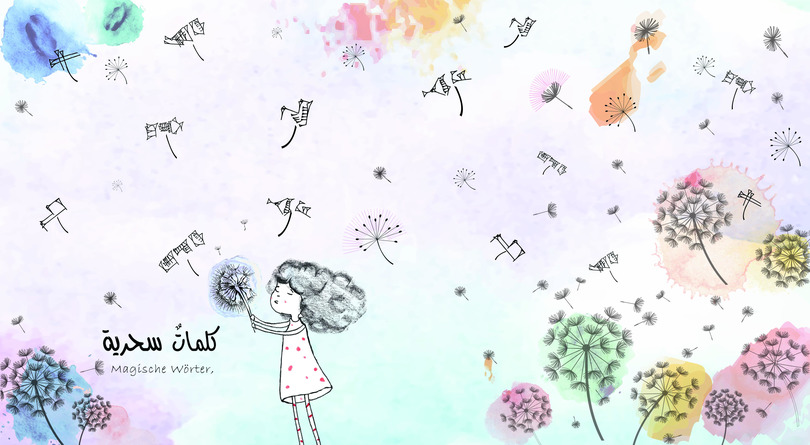
L.I.S.A. interviewed Lamis Kadah, graduate student of the Stewards of Cultural Heritage – Scholarship Program for Syrian Experts in Turkey.
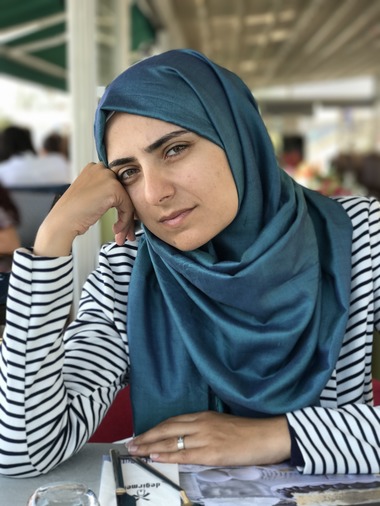
„Stewards of Cultural Heritage“ graduate, Lamis Kadah | © Kadah.
In response to the massive destruction of the Syrian Cultural Heritage, with the overall aim of safeguarding this heritage and as a part of the „Zero Hour – A future for the post-crisis period“ project, the German Archaeological Institute (DAI), Istanbul Department, launched the „Stewards of Cultural Heritage- SoCH“ project in October 2016. The SoCH project was a 24 months program, which was cofounded by the Gerda Henkel Foundation. Five Syrian heritage specialists (archaeologists, architects, etc.) based in Turkey, were chosen to carry out their own proposed projects within the framework of their training and in preparation for post-conflict period in Syria.
L.I.S.A. asked them about their work within the SoCH program and their plans for the future. The second interview of this series is with Ms. Lamis Kadah about her project „Pieces of Syrian Heritage“.
Kadah: Pieces of Syrian Heritage is a project to introduce Syrian cultural heritage to Syrian children. Children who are forced to flee their hometown Syria. I aim to connect Syrian children with their heritage, to know more about their country. The idea came when I attended a program called Tahdeer where I had the chance to work with other Syrian architects to develop ideas about rebuilding sustainable cities after the war. The program connected us with experts in after war architecture. One of them was Lejla Hadzic from Bosnia, she argued about how architecture could play an essential role in reconnecting people. Then she displayed some projects done by Cultural Heritage without Border organization for children. They did workshops and puzzles to introduce cultural heritage to children. I found the idea intriguing and I thought this should be done for Syrian children.
When I came to Istanbul, I volunteered with This is My Life group, we were a group of young Syrians working with Syrian refugees in Istanbul. We used to organize activities for Syrian children to help them integrate into their new life. This made me more familiar with working with children. When I had the chance to apply to Stewards of Cultural Heritage program, I decided to apply with this project even though it would have made more sense if I worked on a topic more connected to my major. Nevertheless, I thought that I should do something more achievable, a project that I can work directly on and see the results. I believe that connecting Syrian children with each other and with their hometown is much more real and obtainable in a two years project. I think they deserve to know more about their heritage, they should be proud when someone asks them where they come from. They deserve to know how great their ancestors were, maybe they will return when they are older and rebuild their country.
Kadah: My research was not about discoveries or finding something new, it was focusing on trying to find a way to introduce cultural heritage to children. I was looking for something children would like, something where parents and teachers play a significant rule in the learning process, easy to produce, and not expensive.
Through my research, I found that picture books are familiar and reachable for everyone around the world, with some support it could be a multi-language book. Parents and teachers will play a significant role by telling the story. Moreover, children love to hear stories, and the one who talks about things they do not know are their favorites. Children love mysterious things and they believe in magic, that is why I chose the Magical Words as a title for my story.
Kadah: The biggest challenge was that I am working on a very new topic for me, I knew nothing about children and education and I knew nothing about picture books. I had to start from zero and I was not sure from where I had to start. Fortunately, I had the chance to meet a lot of people who work with children (school librarian, picture books writer, illustrators) and they gave me a lot of advice which guided me through my research.
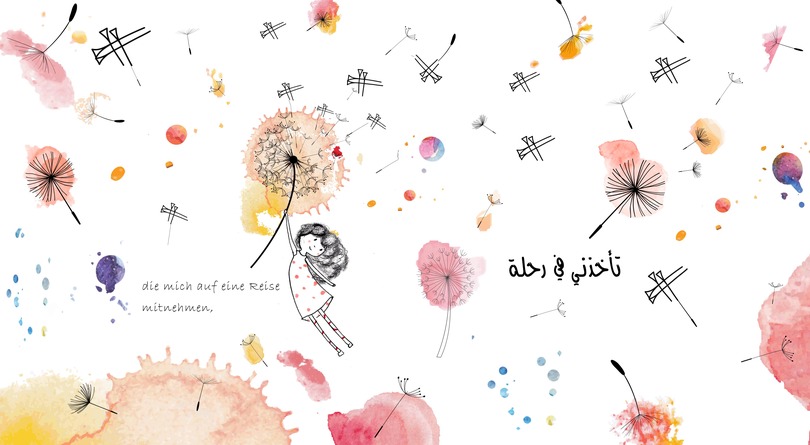
Page of the picture book | © Kadah.
The second challenge was the topic. Syrian Heritage is an enormous topic and to be able to choose one particular subject is a challenge. Whereever I searched I found something interesting, I ended up with tons of stories, and I had to pick one. I met Prof Walther Sallaberger from Ludwig Maximilians University in Istanbul, he was giving us a lecture about old languages, I was fascinated by the idea of being able to read an ancient language.
I thought that this would be an exciting topic for children and I decided to write about it. I had to choose one language and for sure it was the Eblaite language which is considered to be the oldest spoken language in Syria. Prof Walther Sallaberger also introduced me to Dr. Paola Paoletti from Ludwig Maximilians University, she works on the Eblaite language and she provided me with all the words I needed for my story.
Kadah: I am still working on the book. Hopefully, we can print it by the end of the year. Besides, I am planning to continue with more stories about the Syrian cultural heritage. I am planning to create a platform for children, teachers and parents where they can reach the stories and activities whereever they are. This will make the project more reachable and widespread.
I wish I could do more for Syrian children at the camps as an architect and as a picture book’s writer.
Lamis Kadah has answered the questions in written form.
Title image: Page of the Lamis Kadah’s picture book | © Kadah.
Source: L.I.S.A.
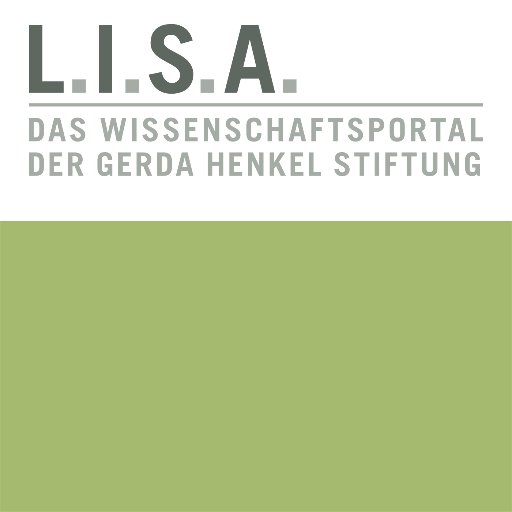
Die Arbeit des Archaeological Heritage Network wird von vielen Partnern national und international getragen und vom Auswärtigen Amt und der Gerda Henkel-Stiftung gefördert.
